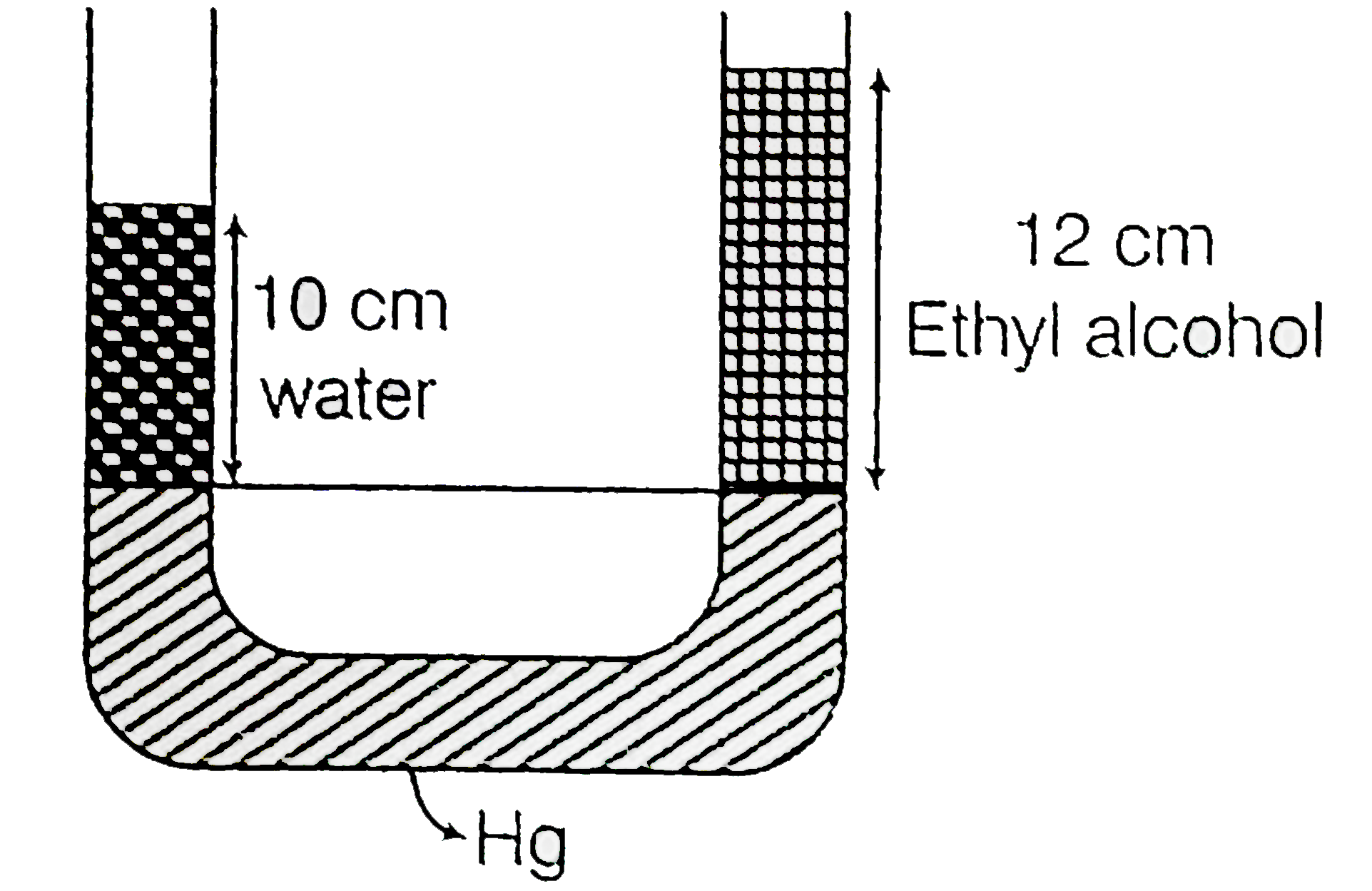Methyl alcohol cab be distinguished from Ethyl alcohol using
Fehling solution
Schiff's reagent
Sodium hydroxide and iodine
Phthalein fusion test
The correct Answer is:C
To distinguish methyl alcohol (methanol) from ethyl alcohol (ethanol), we can use the Iodoform test. Here's a step-by-step solution:
Step 1: Identify the chemical structures
- Methyl alcohol (methanol) has the chemical formula CH₃OH.
- Ethyl alcohol (ethanol) has the chemical formula CH₃CH₂OH.
Step 2: Understand the Iodoform test
- The Iodoform test is a qualitative test used to identify the presence of methyl ketones or alcohols that can be oxidized to methyl ketones.
Step 3: Perform the Iodoform test
- When ethyl alcohol (CH₃CH₂OH) is treated with sodium hydroxide (NaOH) and iodine (I₂), it undergoes a reaction that produces a yellow precipitate of iodoform (CHI₃).
- The reaction can be summarized as follows:
CH₃CH₂OH+NaOH+I₂→Yellow precipitate (Iodoform)
Step 4: Compare with methyl alcohol
- In contrast, when methyl alcohol (CH₃OH) is treated with sodium hydroxide and iodine, no reaction occurs, and thus no yellow precipitate is formed.
Step 5: Conclusion
- Therefore, the presence of a yellow precipitate indicates the presence of ethyl alcohol, while the absence of a precipitate indicates methyl alcohol.
Final Answer
- Methyl alcohol can be distinguished from ethyl alcohol using sodium hydroxide and iodine (Iodoform test).
---
- Methyl alcohol (methanol) has the chemical formula CH₃OH.
- Ethyl alcohol (ethanol) has the chemical formula CH₃CH₂OH.
- The Iodoform test is a qualitative test used to identify the presence of methyl ketones or alcohols that can be oxidized to methyl ketones.
- When ethyl alcohol (CH₃CH₂OH) is treated with sodium hydroxide (NaOH) and iodine (I₂), it undergoes a reaction that produces a yellow precipitate of iodoform (CHI₃).
- The reaction can be summarized as follows:
CH₃CH₂OH+NaOH+I₂→Yellow precipitate (Iodoform)
- In contrast, when methyl alcohol (CH₃OH) is treated with sodium hydroxide and iodine, no reaction occurs, and thus no yellow precipitate is formed.
- Therefore, the presence of a yellow precipitate indicates the presence of ethyl alcohol, while the absence of a precipitate indicates methyl alcohol.
- Methyl alcohol can be distinguished from ethyl alcohol using sodium hydroxide and iodine (Iodoform test).
Topper's Solved these Questions
- ALCOHOLS, PHENOLS & ETHERS BOOK - VMC MODULES ENGLISHCHAPTER - ALCOHOLS, PHENOLS & ETHERS EXERCISE - IN-CHAPTER EXERCISE - D
10 Videos
- ALCOHOLS, PHENOLS & ETHERS BOOK - VMC MODULES ENGLISHCHAPTER - ALCOHOLS, PHENOLS & ETHERS EXERCISE - IN-CHAPTER EXERCISE - E
10 Videos
- ALCOHOLS, PHENOLS & ETHERS BOOK - VMC MODULES ENGLISHCHAPTER - ALCOHOLS, PHENOLS & ETHERS EXERCISE - IN-CHAPTER EXERCISE - B
10 Videos
- 13-14 HYDROGEN & S-BLOCK ELEMENTBOOK - VMC MODULES ENGLISHCHAPTER - 13-14 HYDROGEN & S-BLOCK ELEMENTEXERCISE - JEE Advanced Archive
48 Videos
- ALCOHOLS, PHENOLS & ETHERSBOOK - VMC MODULES ENGLISHCHAPTER - ALCOHOLS, PHENOLS & ETHERSEXERCISE - Impeccable
100 Videos
Similar Questions
Knowledge Check
Ether is obtained from ethyl alcohol
Ain presence of H2SO4 at 413KBin presence of H2SO4 at 473KCin presence of H2SO4 at 483KDin presence of H2SO4 at 473K
Find density of ethyl alcohol

View Solutionn-Propyl alcohol and isopropyl alcohol can be chemically distinguished by which reagent :
View SolutionHow is methyl alcohol converted to ethyl alcohol?
View SolutionGlucose is oxidized to produce ethyl alcohol during
View SolutionGive chemical test to distinguish : ethyl alcohol and sec - propyl alcohol.
View SolutionEthyl bromide can be converted into ethyl alcohol by :
View SolutionMole fraction of ethyl alcohol in aqueous ethyl alcohol (C2H5OH) solution is 0.25. Hence percentage of ethyl alcohol by weight is:
View Solution
